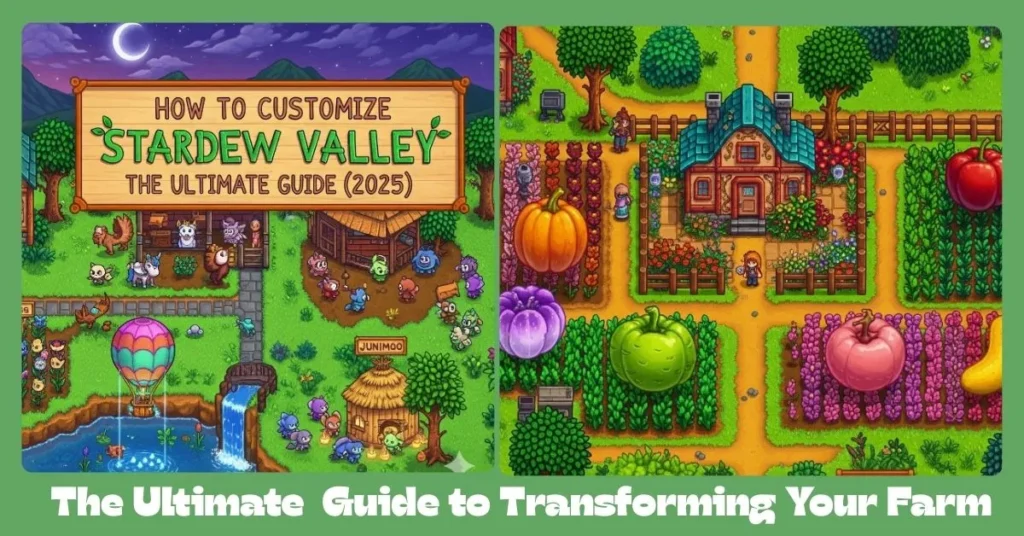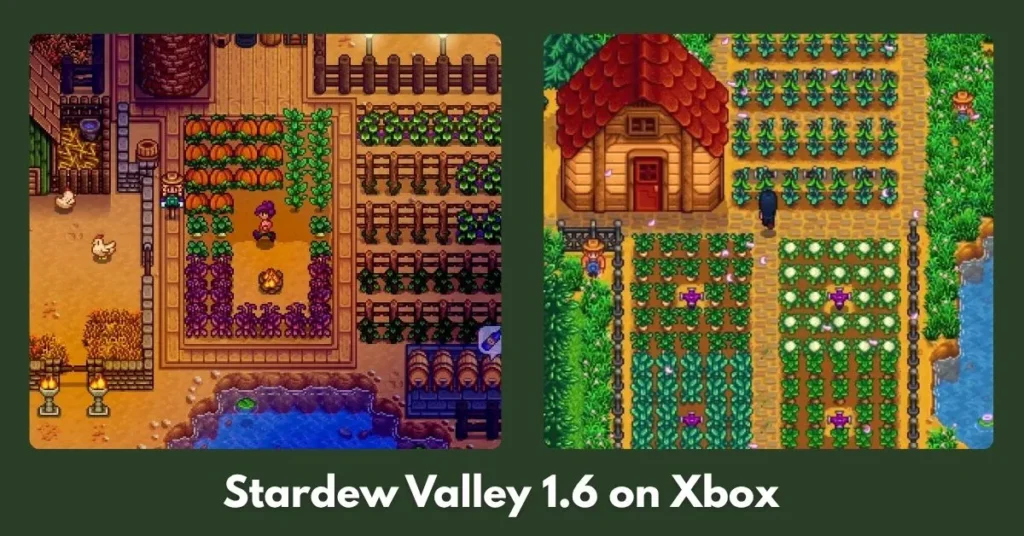For many, Stardew Valley is more than just a game—it’s a digital escape, a comfortable routine, and a creative outlet. While the base game is a masterpiece in its own right, the community’s passionate modding scene is what truly gives it endless replayability. In 2025, the number of mods available is staggering, allowing you to fine-tune nearly every aspect of your farming life. From simple quality-of-life adjustments to massive content expansions, this guide will walk you through everything you need to know to customize your game.
Step 1: Laying the Foundation with SMAPI
The vast majority of customization in Stardew Valley starts with SMAPI, the Stardew Modding API. Think of SMAPI as the essential framework that allows mods to run safely and efficiently without altering the game’s core files. Without it, most mods simply won’t work. Installing it is a quick and painless process that opens up a world of possibilities.
- Download SMAPI: The safest place to download SMAPI is from its official page on the Stardew Valley Wiki. This ensures you get the latest version, which is crucial for compatibility.
- Run the Installer: Once downloaded, extract the files and run the installer. It will automatically detect your game directory. Simply follow the on-screen prompts, and SMAPI will set up a new launch file.
- Launch Your Game: From now on, you’ll need to launch Stardew Valley through this new SMAPI executable. This ensures all your installed mods are loaded correctly. A console window will pop up in the background—this is normal and can be used for troubleshooting if a mod isn’t working.
Step 2: Finding and Installing Your First Mods
With SMAPI in place, you can begin the exciting process of exploring the modding community. The primary hub for Stardew Valley mods is Nexus Mods.
- Browse for Mods: Head to the Nexus Mods page for Stardew Valley. You can use the search bar to find specific mods or browse categories like “Most Downloaded” or “Newest Files” to see what’s popular.
- Check Requirements: Every mod page lists its requirements. Most will simply require SMAPI, but some might need other framework mods like Content Patcher. Content Patcher is a very popular mod that allows you to change the game’s textures and assets without a lot of technical work, making it a prerequisite for many aesthetic mods.
- Download and Install: Most mods come in a simple .zip file. After downloading, you just need to unzip the file and place the entire mod folder into the “Mods” folder located in your Stardew Valley game directory. The SMAPI installer will have created this folder for you.
For an even easier installation experience, you can use a mod manager like ModDrop. These programs automate the downloading and installation process, making it a perfect choice for beginners or those who plan to use a large number of mods.
Step 3: Curating Your Mod Collection
Now for the fun part: deciding how you want to transform your game. Mods can be broken down into a few popular categories, each with its own purpose.
Quality-of-Life (QoL) Mods
These mods are about convenience. They don’t change the game’s core, but they make it more enjoyable by streamlining tedious tasks.
- UI Info Suite 2: This is the most popular QoL mod for a reason. It adds a wealth of information directly to your screen, from a small icon showing the daily luck to an icon on the calendar that shows a villager’s birthday. It removes the need to constantly check the wiki, allowing you to stay immersed in the game.
- Lookup Anything: Ever wonder what a specific crop’s growth time is or what a villager’s favorite gift is? This mod gives you all that information instantly by simply hovering over the item or person and pressing a key. It’s an essential tool for efficiency.
- Automate: This mod revolutionizes late-game farm management. By placing a chest next to a machine (like a keg or preserve jar), the machine will automatically pull raw materials from the chest and place its finished product back inside. It’s a huge time-saver for large-scale production.
Aesthetic Mods
Aesthetic mods are all about visuals. They allow you to completely redecorate your farm and the entire town with new textures and colors.
- Recolors: Mods like Earthy Recolor or Starblue Valley change the game’s color palette to a new, beautiful theme. This is one of the quickest ways to give your game a fresh, new feel without changing any gameplay.
- Alternative Textures: This framework mod, along with various texture packs, lets you customize almost anything in the game. You can give your farm buildings a new look, change the furniture inside your house, or even get custom portraits for the villagers.
- Seasonal Outfits: This mod gives every single villager a new outfit for each season, adding a charming level of detail and making the world feel more dynamic and alive.
Content Expansion Mods
For players who have seen and done it all, these mods are a must. They add new locations, characters, items, and storylines, essentially giving you a whole new game to explore.
- Stardew Valley Expanded: This is the undisputed king of content mods. It adds a huge amount of content, including a new village, 20+ new NPCs, new farm maps, and hundreds of hours of new story. If you’ve ever wanted to jump back into Pelican Town, this mod is the perfect excuse.
- Ridgeside Village: Another massive mod that adds a new mountainside village with over 50 new NPCs and a large new area to explore. It’s a fantastic choice for those who want to do even more.
Troubleshooting & Best Practices
Even with a streamlined process, modding can sometimes present challenges.
- Read the Mod Description: Always read a mod’s page carefully. The author will note any compatibility issues with other mods, required dependencies, and a list of known bugs.
- Check Your SMAPI Log: If your game crashes or a mod isn’t working, the SMAPI console window is your best friend. After the crash, type “smapi log” into the console and copy the link. You can then post this link in a forum or a Discord server for help, and experienced modders can instantly diagnose the issue.
- Update Your Mods: As the game receives updates (like the highly anticipated 1.7 update), you’ll need to update your mods as well. The mod’s author will usually update their file on Nexus Mods to work with the latest version.
Conclusion
Customizing your Stardew Valley experience is a rewarding journey that can transform the game into your own personal masterpiece. By using mods, you are not just changing the game—you are becoming a part of the creative and collaborative community that has kept this title thriving for years. Whether you want to add new adventures, streamline your farm, or simply change the aesthetic to fit your style, the tools and resources are out there. So, what are you waiting for? Your perfect Pelican Town awaits.
Frequently Asked Questions
Will mods affect my save file?
Most mods are safe and won’t corrupt your save file. However, it’s always a good practice to back up your save file before adding new mods, just in case.
Can I remove mods in the middle of a playthrough?
Yes, but be cautious. Removing a mod that added new content (like a new villager or item) can cause issues. Removing aesthetic or QoL mods is generally safe and won’t affect your save file.
Are there “mod packs” I can download?
Yes, many modders have created curated lists of mods that work well together. Websites like ModDrop offer one-click installation for some of these packs, making it easy to get a fully customized game in minutes.



